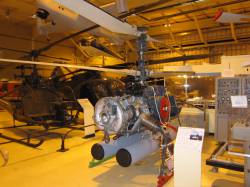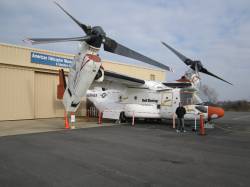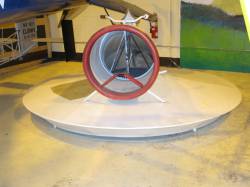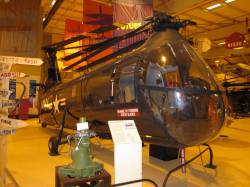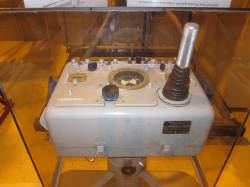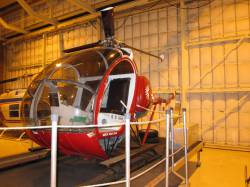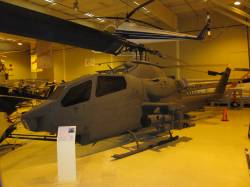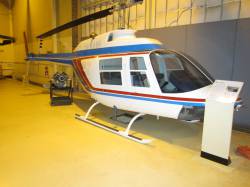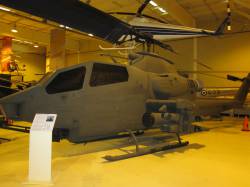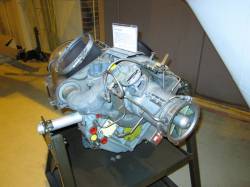Over the weekend I took a trip to the American Helicopter Museum in West Chester, PA. This trip could have been accomplished via car since I was already in the Philly area, but what fun would that be? Instead I took my first ride with my newly certificated friend Matt. We took off from his home base Doylestown Airport (KDYL) in a rented 1973 Cessna 172M. The weather that day was far from perfect but fortunately well within VFR minimums. We were able to complete the short 30nm trip without any problems. I even tried out my new Kodak Zi8 HD video camera and cockpit audio patch cable. The video didn’t turn out too amazing given the viz and has quite a bit of unrelated and possibly inappropriate cockpit banter between two long time pals. I still may pull out a few sections and post it here though.
The museum is located on Brandywine Airport (KOQN). The airport seemed well kept and had one runway which was 3400x50ft. We initially taxied over to the FBO but were instructed to just cross the runway and park right next to the museum. This was actually a car parking area and did not have any tie downs, but it was right next door. At the time of writing this the museum fee for an adult is $7. While the building itself may not seem large, there are many helicopters insides. To see a list of helicopters check this out. Keep reading for the pictures and a few of my favorite aircraft.
Gyrodyne QH-50C
For me one of the coolest helicopters there was an unmanned remote controlled machine called the Gyrodyne. I found it very cool how a technology like this was built so long ago. It is a far cry from the Predator drones we have today but very impressive for the time.
Manufactured in 1964, this remote controlled aircraft was used by the Navy’s DASH (Drone Antisubmarine Helicopter) program. It was controlled from a destroyer and was “flown” by radar to the suspected location of an enemy submarine, where it would drop its torpedo payload. Unfortunately, many of the drones were lost before they made it back to shipboard. Source
V-22 Osprey
BIG. That is the first thing I have to say about this one. It is outside so you can see it as soon as you have the runway in sight. It gets even more impressive as you get closer. I was most impressed by the size of the rotors themselves and the long screws that power the tilting mechanism. The history of the V-22 design and production is quite interesting and you should check it out here.
This prototype tiltrotor aircraft combines the vertical lift capabilities of a helicopter and the high-speed characteristics of a turboprop airplane. The cabin can carry up to 24 troops or 20,000 pounds for short missions. For shipboard operations, the rotor blades fold back along the leading edge of the wing and the wing swivels in-line with the fuselage for compact stowage. The Osprey was designed primarily for Marine Corps amphibious assault missions and Navy combat, search and rescue and other missions. The U.S. Air Force plans to use the V-22 for special operations. The exhibited aircraft is the third of six prototypes. Source
Princeton GEM X-2 Air Scooter
This is an experimental Ground Effect Machine (GEM) from the 1950’s. A nose fan supplied air to the air cushion contained within the peripheral curtain around the 8 ft. diameter platform. Ground Effect Machines are very successful and are used as ferries to carry cars and passengers across the English Channel. Source
Overall I thought the museum was great. It was a perfect alternative to the typical $100 hamburger. For someone like me who does not know much about the rotor world it was also a learning experience. It is also very kid orientated, you can sit in several of the aircraft on display and there is also a play area for the little ones.
Check it out when you get a chance if you are an aviation enthusiast like me you will not be disappointed.

